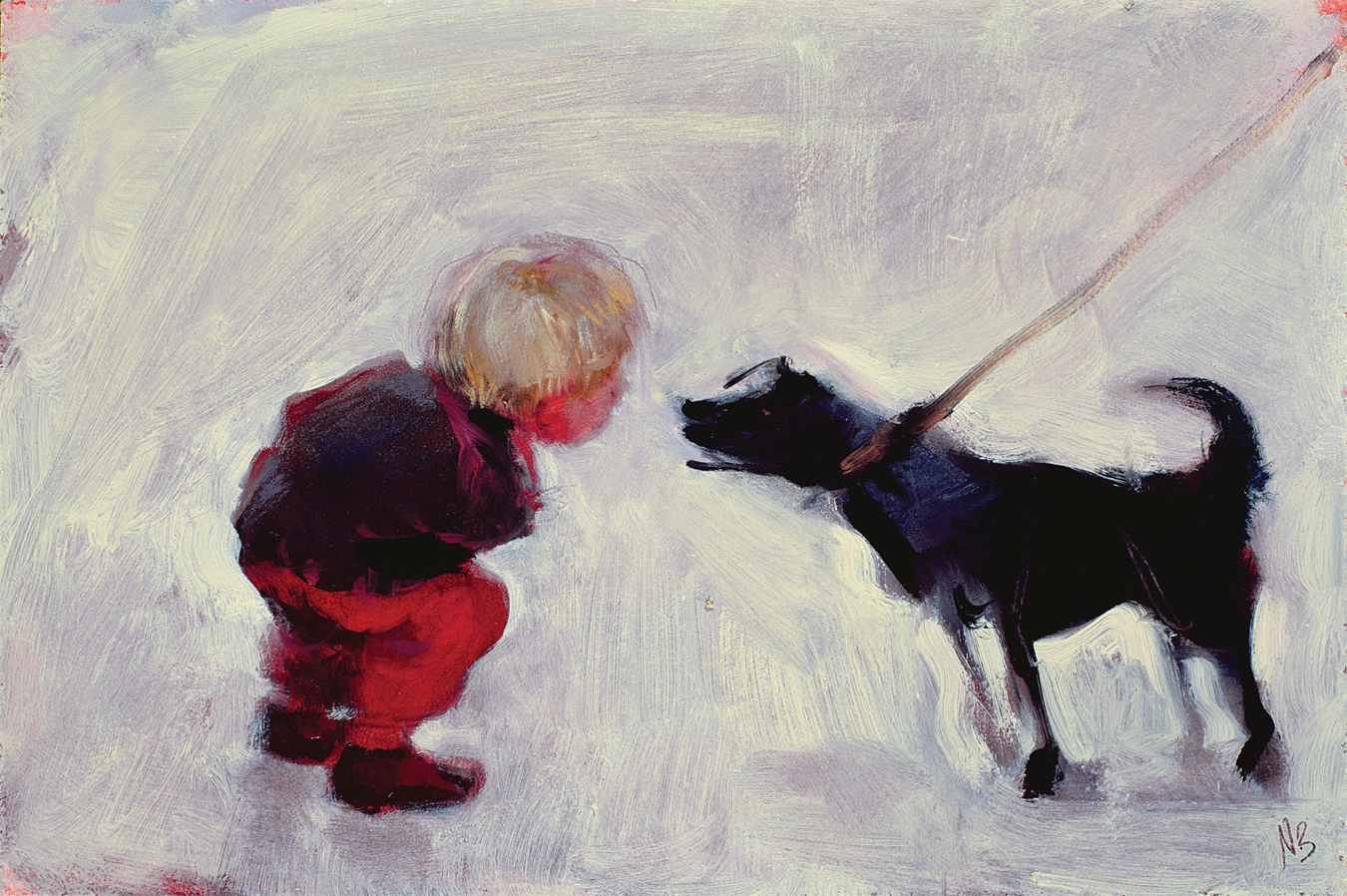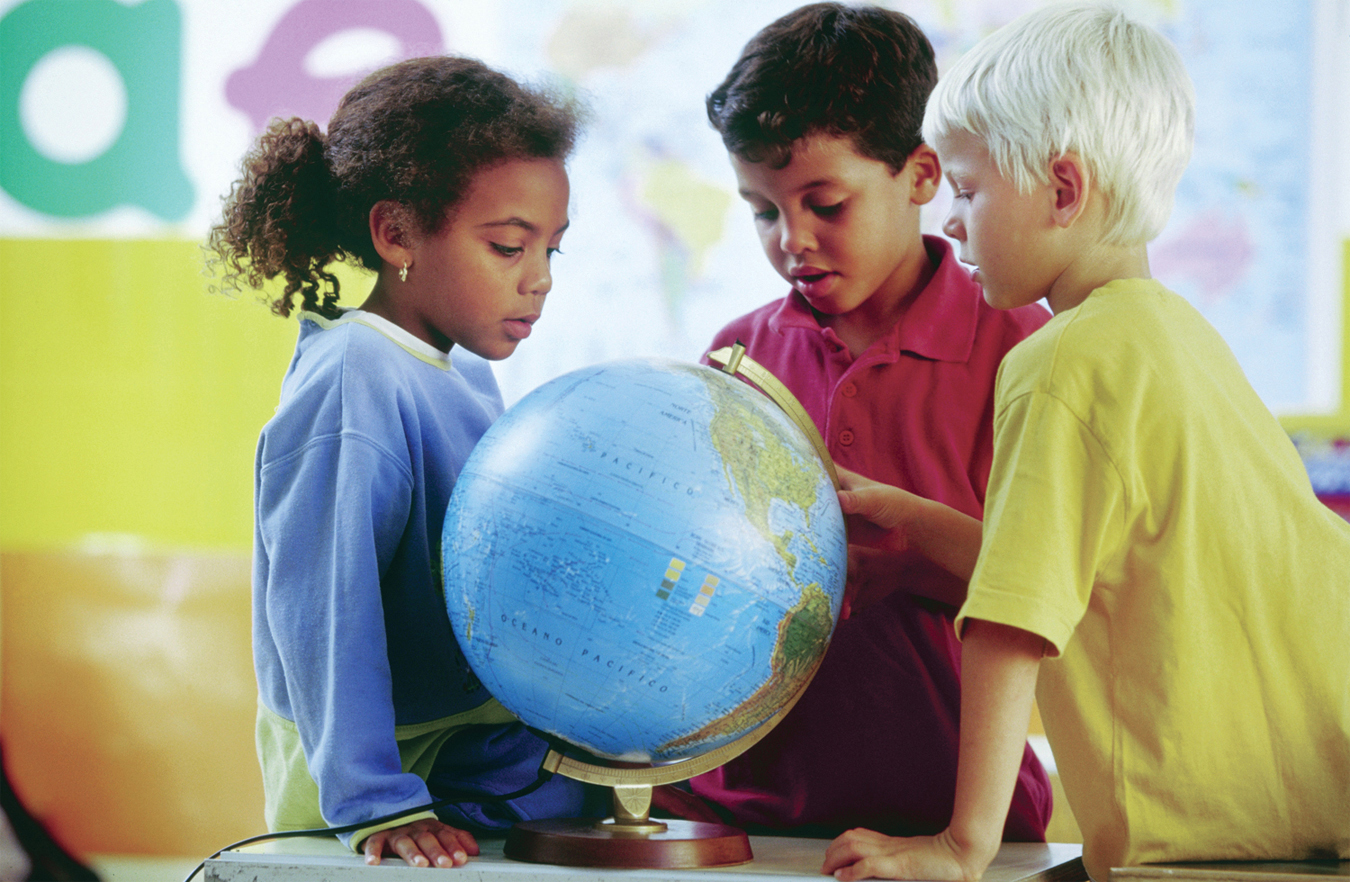214

215

Development of Language and Symbol Use
- Language Development
- The Components of Language
- What Is Required for Language?
- Box 6.1: Applications Two Languages Are Better Than One
- The Process of Language Acquisition
- Box 6.2: Individual Differences The Role of Family and School Context in Early Language Development
- Box 6.3: Applications iBabies: Technology and Language Learning
- Theoretical Issues in Language Development
- Box 6.4: A Closer Look “I Just Can’t Talk Without My Hands”: What Gestures Tell Us About Language
- Box 6.5: Individual Differences Developmental Language Disorders
- Review
- Nonlinguistic Symbols and Development
- Using Symbols as Information
- Drawing
- Review
- Chapter Summary
216
Themes
 Nature and Nurture
Nature and Nurture
 The Active Child
The Active Child
 The Sociocultural Context
The Sociocultural Context
 Individual Differences
Individual Differences
- “Woof.” (used at age 11 months to refer to neighbor’s dog)
- “Hot.” (used at age 14 months to refer to stove, matches, candles, light reflecting off shiny surfaces, and so forth)
- “Read me.” (used at age 21 months to ask mother to read a story)
- “Why I don’t have a dog?” (27 months of age)
- “If you give me some candy, I’ll be your best friend. I’ll be your two best friends.” (48 months of age)
- “Granna, we went to Cagoshin [Chicago].” (65 months of age)
- “It was, like, ya’ know, totally awesome, dude.” (192 months of age)
symbols  systems for representing our thoughts, feelings, and knowledge and for communicating them to other people
systems for representing our thoughts, feelings, and knowledge and for communicating them to other people
 hese utterances were produced by one boy during the process of his becoming a native English speaker (Clore, 1981). Each one reflects the capacity that most sets humans apart from other species: the creative and flexible use of symbols, which include language and many kinds of nonlinguistic symbols (print, numbers, pictures, models, maps, and so forth). We use symbols (1) to represent our thoughts, feelings, and knowledge, and (2) to communicate our thoughts, feelings, and knowledge to other people. Our ability to use symbols vastly expands our cognitive and communicative power. It frees us from the present, enabling us to learn from the generations of people who preceded us and to contemplate the future. Becoming symbol-minded is a crucial developmental task for children around the world (DeLoache, 2005).
hese utterances were produced by one boy during the process of his becoming a native English speaker (Clore, 1981). Each one reflects the capacity that most sets humans apart from other species: the creative and flexible use of symbols, which include language and many kinds of nonlinguistic symbols (print, numbers, pictures, models, maps, and so forth). We use symbols (1) to represent our thoughts, feelings, and knowledge, and (2) to communicate our thoughts, feelings, and knowledge to other people. Our ability to use symbols vastly expands our cognitive and communicative power. It frees us from the present, enabling us to learn from the generations of people who preceded us and to contemplate the future. Becoming symbol-minded is a crucial developmental task for children around the world (DeLoache, 2005).

In this chapter, we will focus primarily on the acquisition of the preeminent symbol system: language. We will then discuss children’s understanding and creation of nonlinguistic symbols, such as pictures and models.
The dominant theme in this chapter will once again be the relative contributions of nature and nurture. A related issue concerns the extent to which language acquisition is made possible by abilities that are specialized for language learning versus general-purpose mechanisms that support all sorts of learning.
The sociocultural context is another prominent theme and features research that examines differences in language acquisition across cultures and communities. This comparative work often provides evidence that is crucial to various theories of language development.
A third recurring theme is individual differences. For any given language milestone, some children will achieve it much earlier, and some much later, than others. The active child theme also puts in repeated appearances. Infants and young children pay close attention to language and a wide variety of other symbols, and they work hard at figuring out how to use them to communicate.